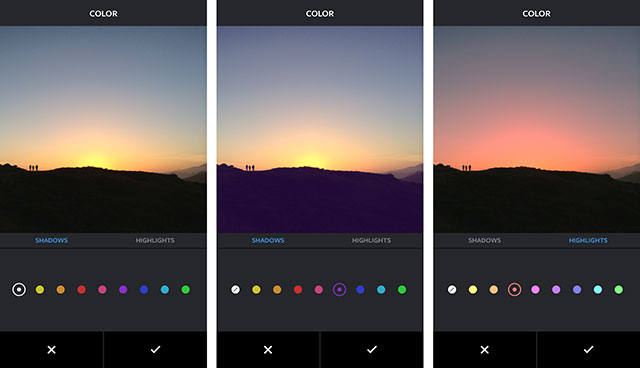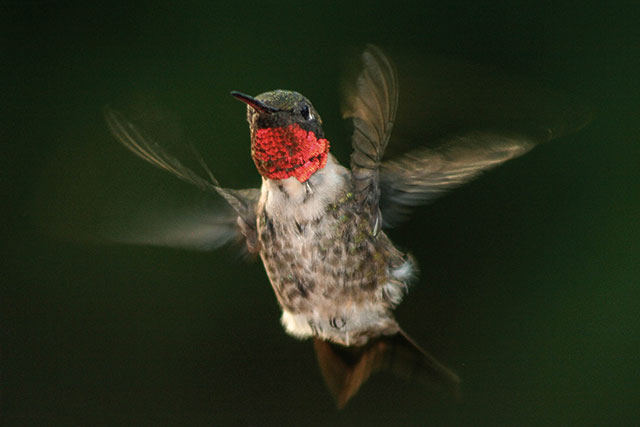In this article we will look at the basic and some of the more advanced hardware equipment you need for editing and printing digital images, focusing on still pictures (not movie clips, which have different requirements). The tools you need will vary depending on what you want to do with your photos.










